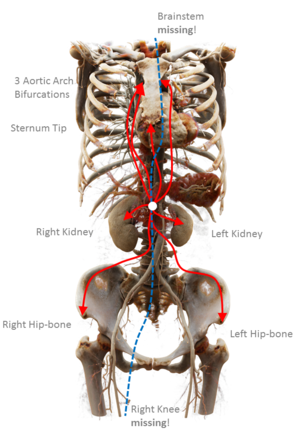
Friedrich-Alexander-Universität Erlangen
Lehrstuhl für Mustererkennung
Martensstraße 3
91058 Erlangen

 Fast and robust anatomical object detection and tracking are fundamental tasks in medical image analysis that support the entire clinical imaging workflow, from screening and diagnosis to patient stratification, therapy planning, intervention and follow-up. Most of the current solutions for medical image analysis are however based on generic combinations of machine learning and optimization that do not include a priori clinical knowledge about the patient's body and potential disease. Such solutions are generic, unconstrained and suboptimal. A strong potential of improvement, in terms of both the quality of image interpretation and explanation of the results can be achieved by constraining the underlying problems according to the anatomy and physiology of the human body and the semantics of the disease space.
Fast and robust anatomical object detection and tracking are fundamental tasks in medical image analysis that support the entire clinical imaging workflow, from screening and diagnosis to patient stratification, therapy planning, intervention and follow-up. Most of the current solutions for medical image analysis are however based on generic combinations of machine learning and optimization that do not include a priori clinical knowledge about the patient's body and potential disease. Such solutions are generic, unconstrained and suboptimal. A strong potential of improvement, in terms of both the quality of image interpretation and explanation of the results can be achieved by constraining the underlying problems according to the anatomy and physiology of the human body and the semantics of the disease space.
We propose to formulate medical image analysis as an image understanding problem and solve it by leveraging modern machine learning and knowledge representation theories. We target an optimal balance between the interpretation of new image data and knowledge-driven models explaining the data generation. The conjecture is that by constraining the space of solutions through the injection of medical knowledge and reasoning, one can achieve superior results versus the generic ones, derived through supervised/unsupervised learning and optimization. The new paradigm will be tested on relevant medical image understanding problems, covering multiple image modalities.
Group members in this project: ![]() Florin-Cristian Ghesu
Florin-Cristian Ghesu